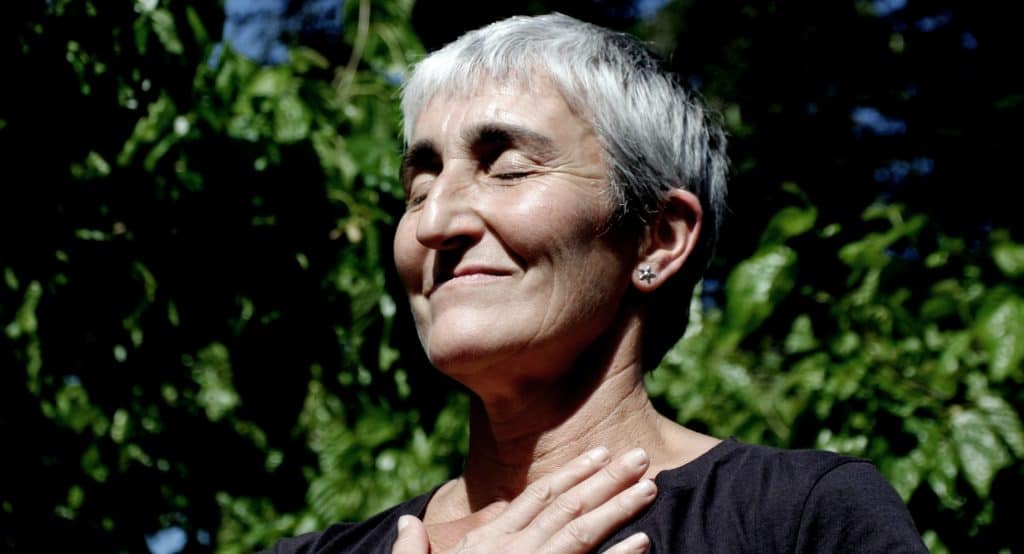In the midst of a pandemic, social distancing, and the disruption of life as we know it, Dr. Patricia Jennings says, “Now might be the perfect time to learn about mindfulness.” As a University of Virginia professor, a developmental psychologist, and a nationally recognized leader in the fields of social and emotional learning and mindfulness in education, Dr. Jennings helps teachers and students use mindful practices to reduce stress.
In her article “Seven Ways Mindfulness Can Help Teachers,” Dr. Jennings states that “learning and cultivating skills of mindfulness—the ability to stay focused on one’s present experience with nonjudgmental awareness—can help us to promote the calm, relaxed, but enlivened classroom environment that children need to learn.”
So, What Exactly Is Mindfulness?
Mindfulness involves training your mind to be aware of your thoughts and feelings, as well as your environment. And it includes accepting those parts of your life without judgment. If you’re interested in learning more about how much mindfulness you currently use and how you can promote more of it in your life, take this mindfulness quiz and find out. The quiz is based in research, using a mindfulness scale developed at La Salle University and Drexel University.
What Are the Benefits of Mindfulness to You, Your Family, and Your Students?
- Mindfulness is good for our bodies
- Mindfulness is good for our minds
- Mindfulness changes our brains
- Mindfulness helps us focus
- Mindfulness fosters compassion and altruism
- Mindfulness enhances relationships
- Mindfulness affects the way we see ourselves
- Mindfulness makes us more resilient
- Mindfulness can help combat bias
- Mindfulness is good for business
- Mindfulness is good for parents and parents-to-be
- Mindfulness may be beneficial to teens
- Mindfulness helps schools
- Mindfulness fights obesity
Click on Mindfulness, Why Practice It? for a full list and explanation of all the benefits.
Mindfulness Exercises You Can Start Today
Being mindful isn’t difficult; it only takes some intention and a little practice. Below are six simple mindfulness exercises, and you can find easy-to-follow explanations and instructions for each here. The goal, according to the author, is to help you learn how to “empty your mind and find some much-needed calm amidst the madness of your hectic day.”
- Mindful Breathing
- Mindful Observation
- Mindful Awareness
- Mindful Listening
- Mindful Immersion
- Mindful Appreciation
7 More Mindfulness Activities to Try
The following resources can further help you and your family get started on the way to the happiness, health, and psychological well-being of mindfulness.
- One Minute Mindfulness Exercises
- Five Senses Activity
- 5-4-3-2-1 Coping Technique
- Calming Strategies and Actionable Tips to Calming Down
- Waterford’s 30 Mindfulness Activities for Parents to Help You Relax and Focus on the Present
- Four Things to Do Every day for Your Mental Health
- 101 Ways for Teachers to Be More Creative

